A stroke causes damage to the brain. This results in the inability to use the arm and leg on the opposite side of the body. Neuroplasticity is the brain’s ability to rewire after an area of the brain has been damaged. This brain rewiring is the foundation for how someone can restore normal arm and leg movement. Post-stroke rehab is designed around this idea that the brain has the ability to rewire after a stroke. In other words, the brain has the capacity to build new circuits around damaged areas.
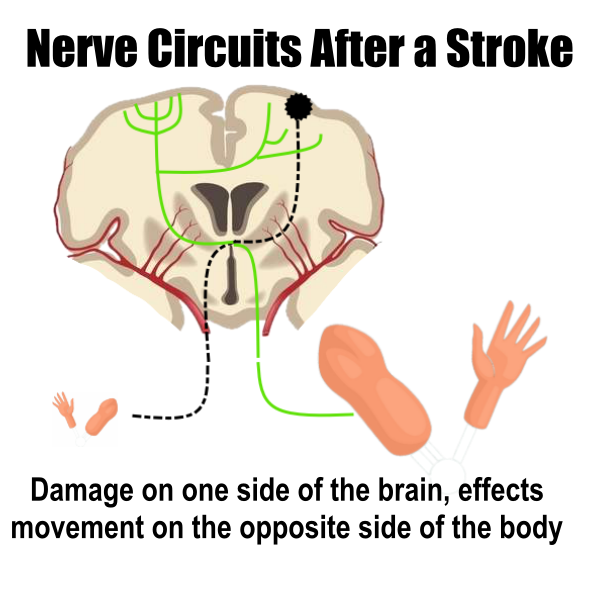
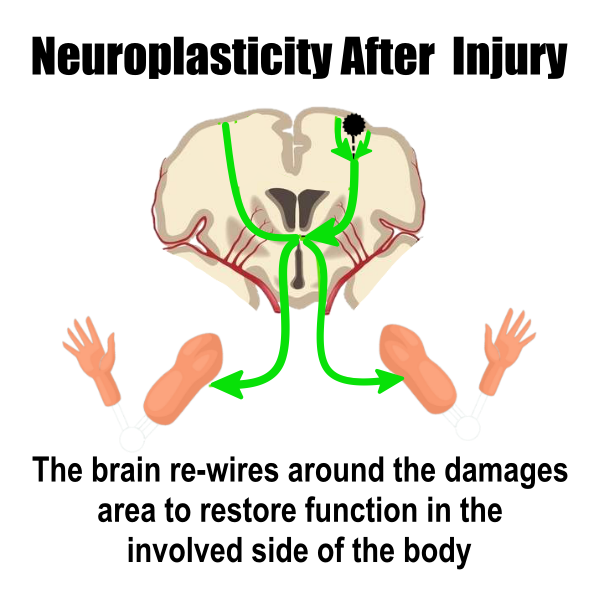
So, of course, the number one question on everyone’s mind is, is this possible after a stroke? And if so, how?
Neuroscientists and rehab clinicians alike, are always looking for the best treatment, or rehab strategy that will ensure the best outcome. And many in the rehab world agree that a “one size fits all” treatment for every person is just not realistic. With that being said, an article was published in 2008 that took a different approach. And although this article is over 10 years old, I am happy to report that it is still relevant. They are principles that I still think about when I am treatment planning for my patients. Why? because they are timeless.
In this publication, the authors outlined fundamental principles that optimize the neuroplastic capabilities after a stroke. In other words, they developed a list of guidelines in which they believe gives a person the best opportunity to learn new information (as it relates to stroke and brain injury recovery).
They based these principles on the idea that “existing data strongly suggests that neurons, among other brain cells, possess the remarkable ability to alter their structure and function in response to a variety of internal and external pressure including behavioral training.” They go on to say “neuroplasticity is the mechanism by which encodes experience and learns new behaviors”.
So, why does this matter to you? Because YOU are 100% in control of your recovery. Let me repeat that again. You have the power to re-learn lost behaviors and create positive brain changes. You do this by understanding the priniciples of neural “rewiring”.
All that being said, today I am NOT teaching you a “technique”. In contrast to many of my posts, you are going to learn “concepts” that will help you to select the best rehab activities for you and your recovery.
Can the Brain Grow New Nerves After a Stroke?
Although research has come a long way in the area of “brain circuitry”, there is still not a great understanding of how this works after a stroke or a brain injury. However, there is a pretty solid consensus (amongst scientists) that the brain does have the ability to learn new information well into adulthood. Knowing this, we can shift the focus from figuring out how to “replace damaged nerves” to something we know the brain already does. That is learning.
Now, you, me, and the entire rehab community can clearly show how the brain has the capacity to learn after a stroke or a brain injury. For example, you learn pretty quickly how to use your uninvolved arm and leg to complete tasks. In fact, most people learn this within days after a stroke. To the point where it becomes intuitive and you don’t even think about it. This clearly shows that the brain has the capacity to learn.
However, in that same example, we also discover that not all learning is good. In fact, learning compensatory strategies is actually what some refer to as “negative neuroplasticity”. That is because you are “driving the rewiring” in the wrong direction. In other words, you are creating stronger circuits on the undamaged side of the brain. Not good.
That is why it is so so critical to start learning “correct behaviors” early.
10 Principles that Help the Brain Rewire after Stroke
Principle 1: Use it or lose it
You actually lose neural circuits when they are not actively engaged in an activity. Tons of research has proven this to be true. Scientists have studied people who are deprived of sound and that “sound” area of the brain shows fewer neurons. This has also been researched by studying people deprived of light. This showed a similar result.
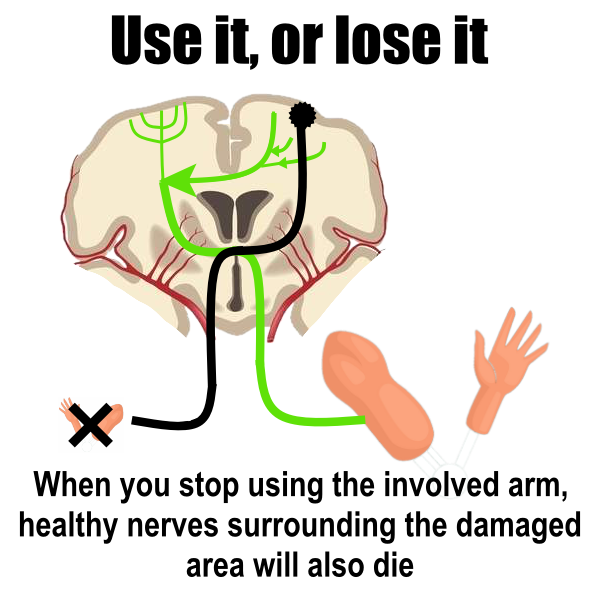
On the other hand, it is clear that if brain circuits are not being used, they will shift their “support” to other brain areas. This is shown in people who are blind when they are Braille reading. When the fingers touch the paper, the “vision areas”, not the “finger sensory area” shows more activity. Meaning that intact neurons surround the “vision area” of the brain, sent their “support” to the “finger sensation area” of the brain.
Taking this back to the stroke and brain injury rehab world, the right behavioral experiences will accomplish two things. First, failing to encourage use of a brain region will result in further degradation in that area. Second, forced use of an involved arm or leg will protect surrounding areas. Constraint induced movement therapy (CIMT) is a perfect example of how this works. Forced use of the involved arm after a stroke or brain injury showed greater improvement in functional use of the arm.
Principle 2: Use it and improve it
So, we now know that if you don’t use it, you lose it. On the other hand, researchers have also shown that behavioral experiences can also cause the brain to adapt positively to support that specific experience.
For example, in one particular study monkeys had to retrieve small pellets of food by reaching through a small hole. What they found was that these monkeys had more “neurons” devoted to fine motor of the fingers.
What this means is that if you challenge the brain and continue to perform a behavior (even in the absence of that specific brain region being viable), the brain will adapt and respond accordingly with neural circuits to support that area of the brain. I know. Mind. Blown. ?
Principle 3: Specificity
Specific kinds of experiences will determine what type of new brain circuits are created and the associated behavioral changes. This is largely due to how the brain acquires new skills. To acquire a new skill is not just about “creating new circuits” in the parts of the brain that make the body move.
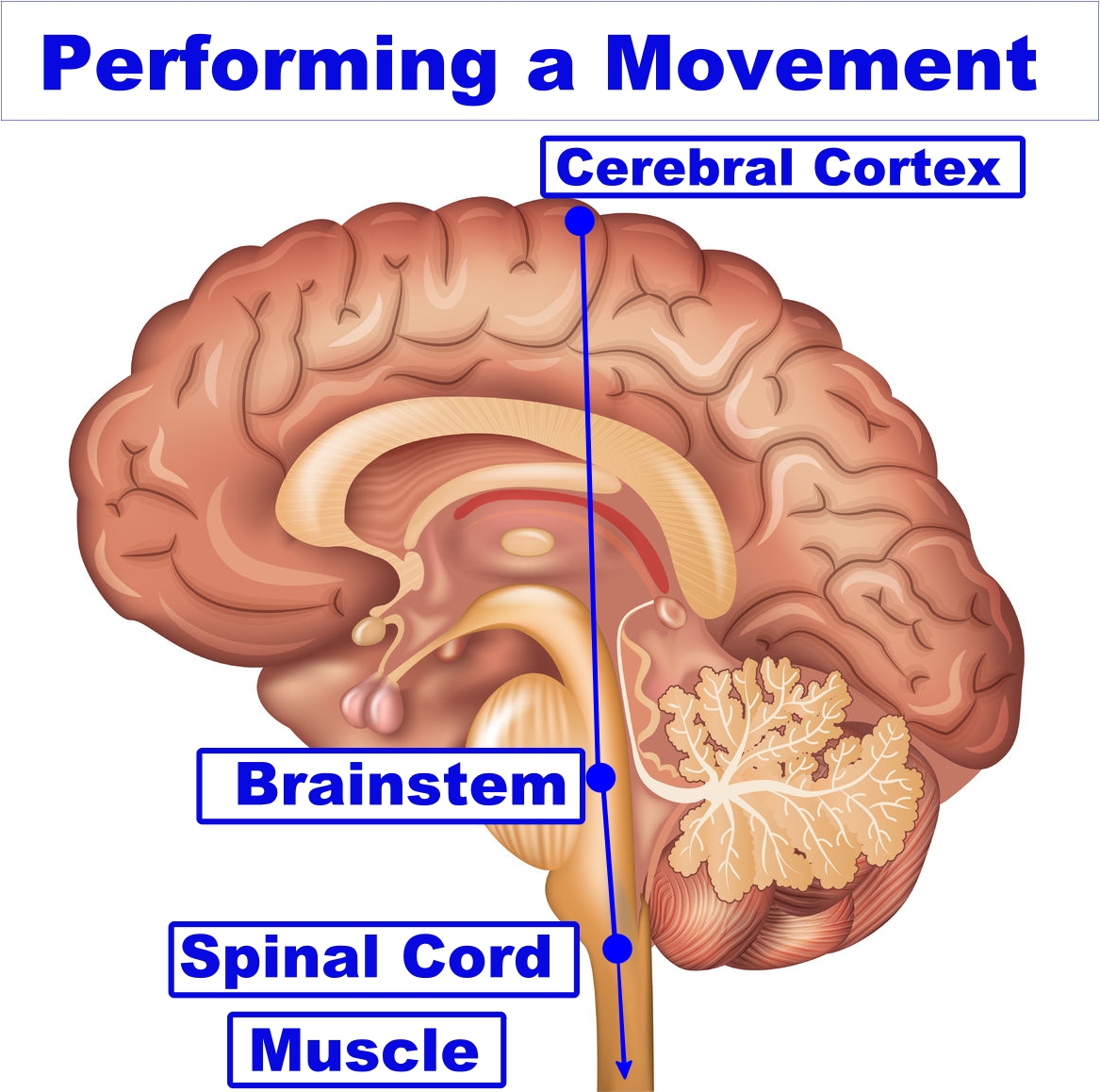
Learning a movement requires “new circuitry” in the “memory” components of the brain.
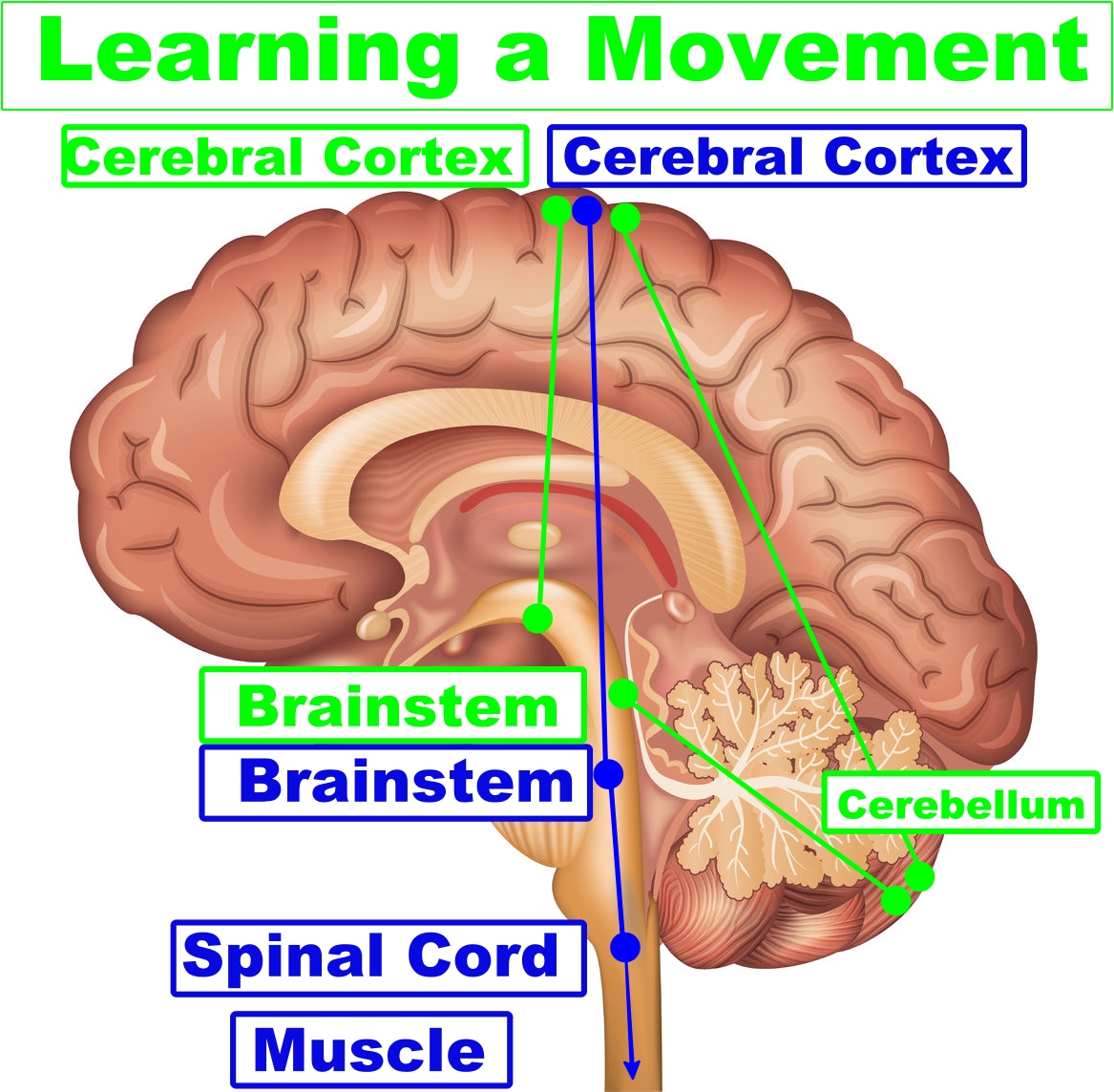
For example, performing a random arm movement might tap into the “performing the movement” (blue) circuitry. However, there is research that suggests this might not be sufficient in learning a skill (such as reaching into a cabinet).
Simply engaging a neural circuit in task performance is not sufficient to drive plasticity.
Therefore, context is important. The conditions surrounding the training is also important and should be considered when selecting an “exercise”.
Principle 4: Repetition
Repetition of a newly learned skill is required to create lasting new brain circuits. For example there is memory and there is strength of that memory. Acquiring a new skill might develop a new brain circuit. However, it is the repetition of that new skilled movement that increases the number of brain circuits devoted to that new movement.
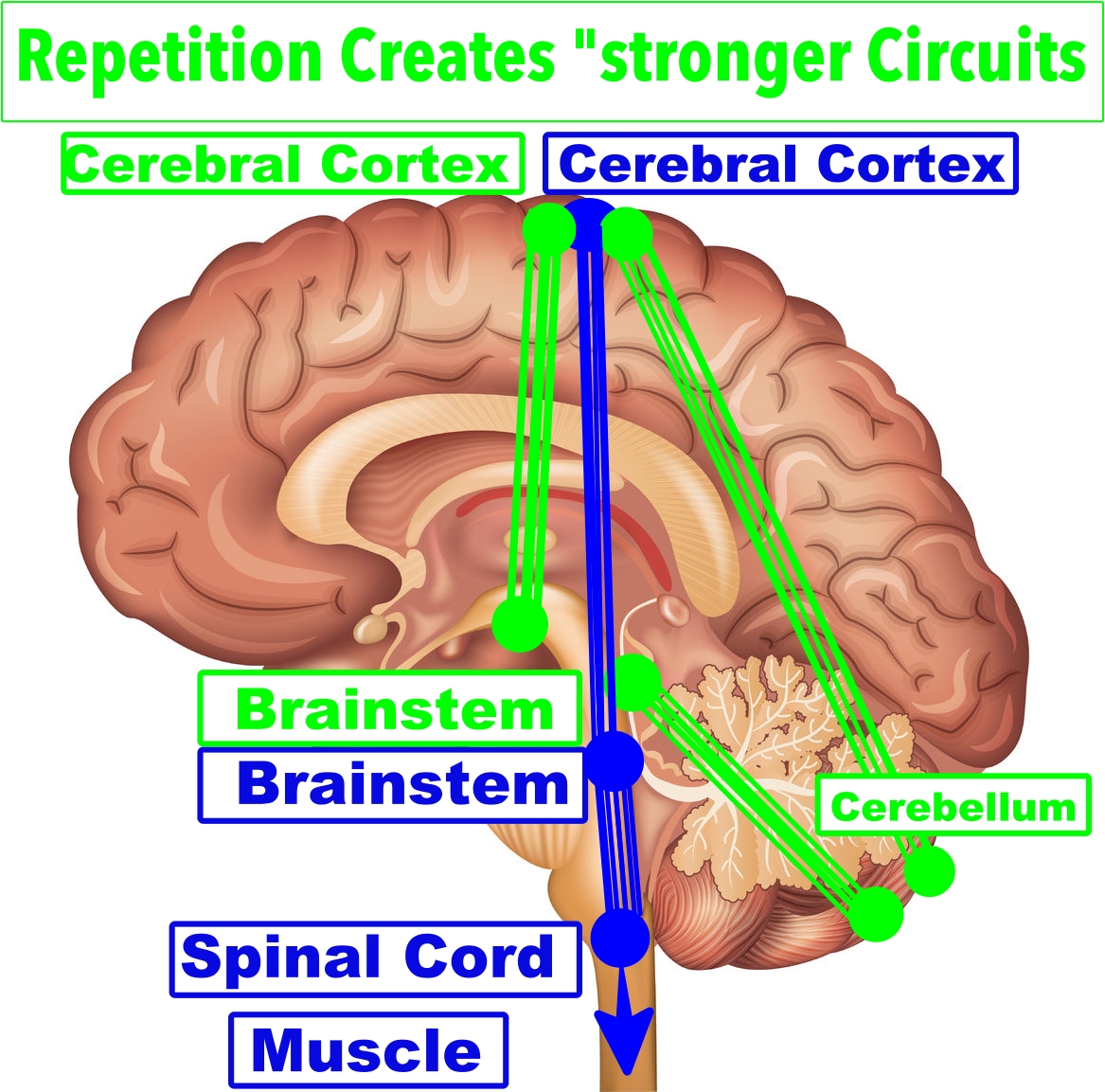
Principle 5: Intensity
In addition to repetition, the intensity of the training is important. For example this was shown in a study of animals trained in skilled reaching. Those who performed 400 reaches a day had greater new brain circuitry compared to those who performed 40 reaches a day.
Principle 6: Time
There is a consensus in the literature that there are key windows of opportunity where the brain is the most receptive to rewire after stroke. The first 48 to 72 hours the goal is to protect intact neurons. Starting rehab in this phase might cause more nerve cell death. However, in a study where rehab was started 30 days after a stroke showed to be less than ideal as well. The patients in this study were compared to those who started rehab five days after a stroke. The group that started 30 days after the stroke what “far less effective in improving functional outcomes”.
Additionally, some rationalize that starting rehab later is less than ideal because patients have more time to develop compensatory strategies which has been shown to negatively impact positive brain changes.
Principle 7: The brain prioritizes “attention” to rewire after stroke for thin
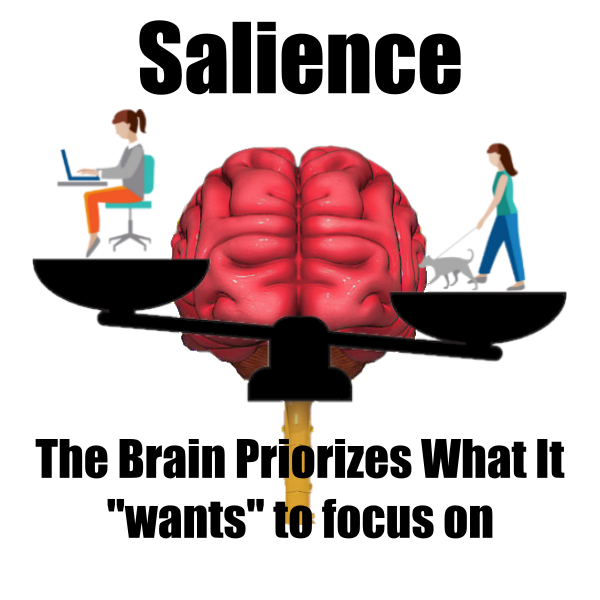
Saliency is a system in which the brain rates the importance of an activity over and above another. Saliency detection is a critical factor for learning and for survival. It gives us the ability to focus our limited attention on the most important information coming into the brain. For example a flashing emergency light or an alarm in an otherwise quiet environment. In these scenerios, the emergency light and/or the alarm will take precedence in our mind over other lights and sounds.
Now, how does this apply to learning a motor skill? It is a little bit of a stretch, but scientists believe that this concept of saliency can be used to prioritizing our focus and attention when learning a new motor skill. For example, coming up with a reward system such as using the involved hand to bring food to the mouth. There is a motivation (food) to focus more attention on learning that specific task (holding a utensil and bring the hand to the mouth).
Principle 8: Age Matters
There is a consensus in the literature that the as we age, we lose some ability of the brain to “re-organize”. However, there is also strong evidence that the brain does have the ability to rewire as we age and is the foundation for how we cope with age related changes in the brain. For example, hearing and vision naturally decline with age but the brain is continually adapting to these normal age related changes.
Principle 9: Transference
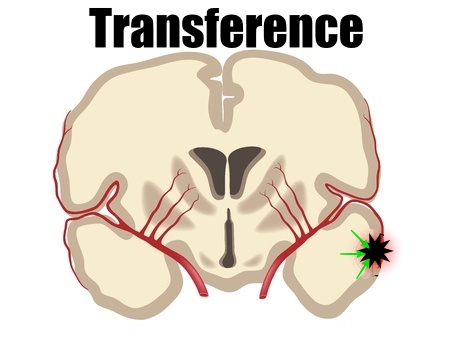
Transference refers to the ability of plasticity within one set neural circuits to promote concurrent or subsequent plasticity. In other words, if you “stimulate” intact nerve networks surrounding the damaged nerves, the damaged nerves rewire.
So, how can we apply this to “real world” rehab? This finding suggests that applying electrical stimluation while performing an exercise might enhance the activity of the surrounding intact nerves and thus “promote” re-organization of the damaged nerves. Now, “promoting re-organizing” is NOT the same thing as “learning a skill”. Everything else mentioned to this point must also be occurring.
Now, there is also a “down side” to this idea that our brain has this ability to “transfer” nerve activity to surrounding areas. And as the case with many of my articles, we can not fail to mention all of the problems with “compensatory strategies.”
TMS: transcranial magnetic stimulation
Principle 10: Interference
Interference refers to the ability of plasticity within a given neural circuitry to impede the induction of new, or expression of existing, plasticity within that same circuitry.
This (in part) helps us to understand the detrimental effects of compensatory strategies. Compensatory strategies are an easier “way” to perform a skill. When this is learned early it will further impede the brains ability to learn rehabilitation strategies using the involved side of the body.
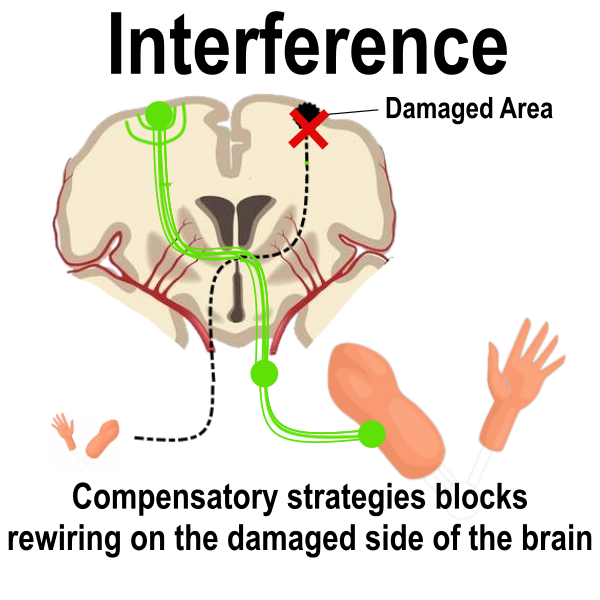
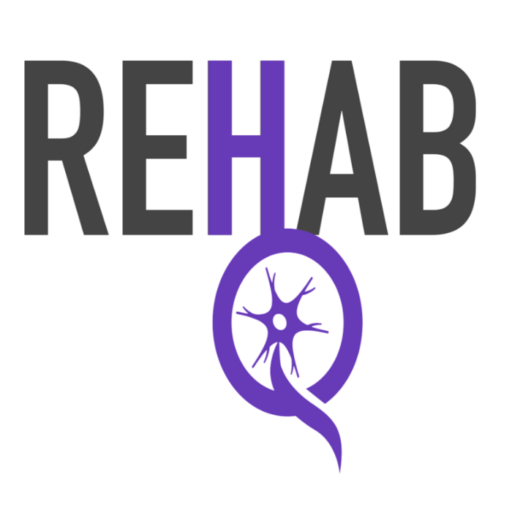
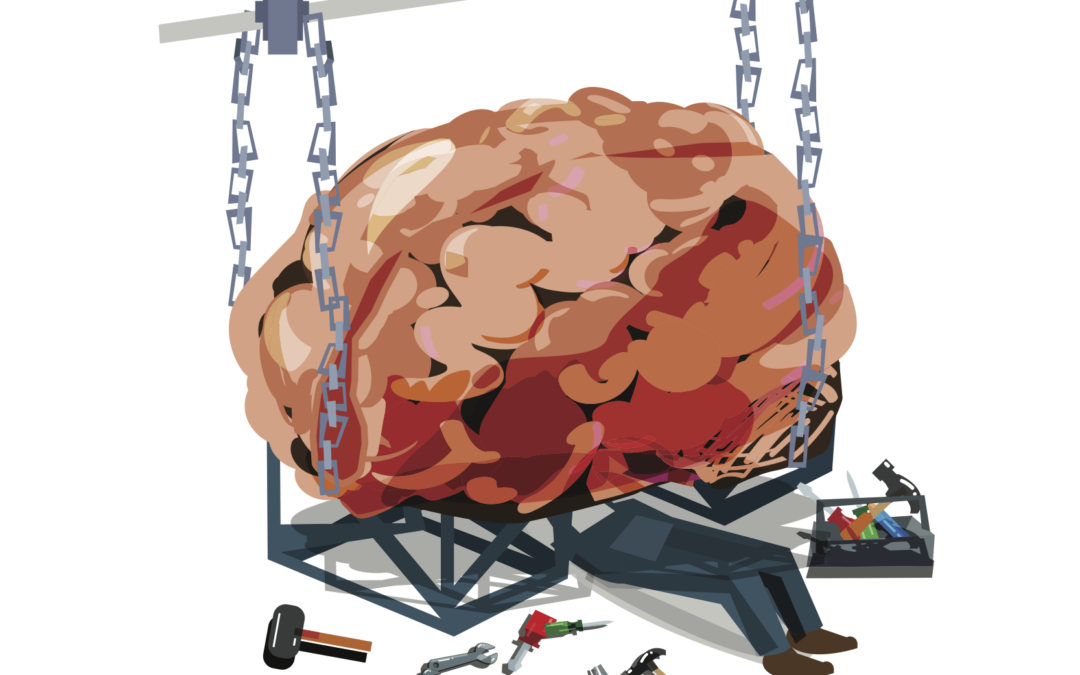
after a brain scan i was informed ii had suffered an old stroke,this occured almost years previous, my walk is dodgy. iam still able tdrive my car.